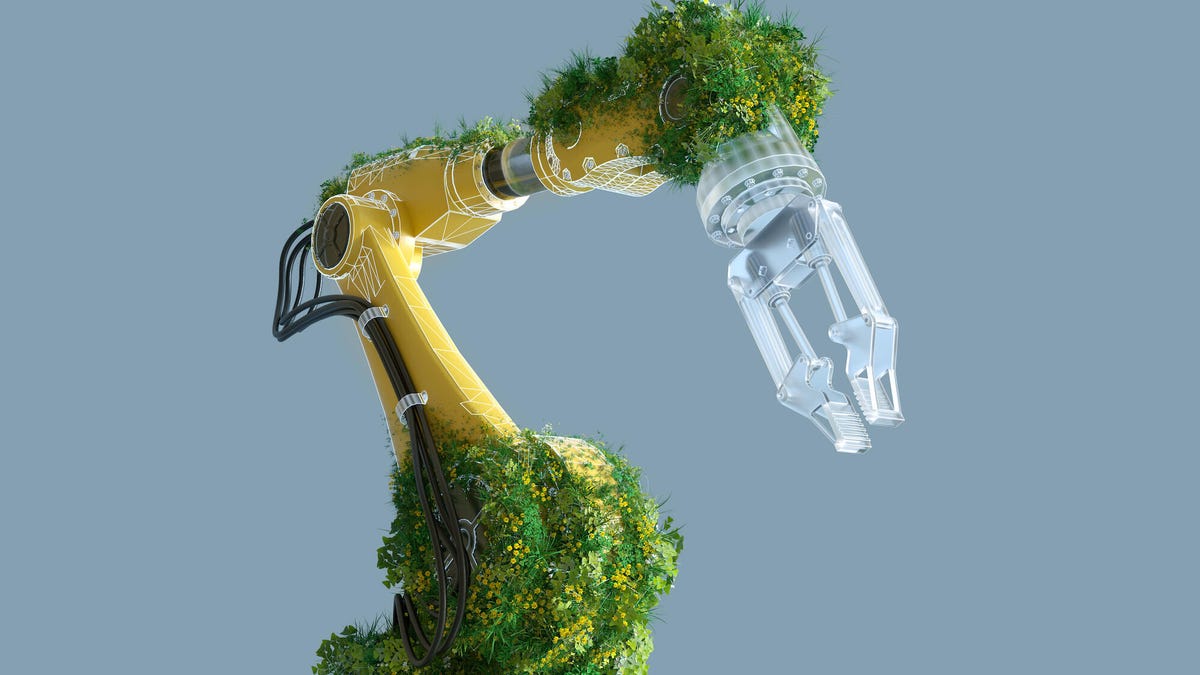
CES 2024 arrived with announcements from the biggest tech companies around that showed off new devices and teased exciting technology. But another trend is the various ways sustainability has crept into keynotes and presentations that talk about the environmental impact of all those shiny, new gadgets on store shelves.
The big change for CES 2024 is a focus on what goes into your product. Unlike previous years when companies had pledges to source energy from green power or buy carbon offsets, which sustainability experts have criticized for not reducing emissions, they’re expanding their use of recycled materials in devices and displays.
As CES wound down, Google announced its new policy supporting the Right to Repair movement and the user’s right to fix their own devices. This includes making tools, parts and repair manuals available to device owners — including Pixel phone owners. Combined with Google’s commitment to supply the latest Pixel 8 series with seven years of software updates, it seems like more device manufacturers are acknowledging consumer desire to keep their devices around for longer, which means fewer old devices thrown away into landfills and contributing to climate woes.
Read more: Best Phone To Buy for 2024
At the outset of 2024, the tech industry is becoming more aware of the importance of sustainability — either because it’s recognizing that it needs to account for all the ways producing new technologies contributes to climate change, or because the growing public awareness of industrial impact on climate change means they can’t ignore their own contribution.
“[Device] buyers are still asking about carbon emissions (upstream and downstream) but they also want to know about the materials that are being used, the recyclability of the product that they buy, etc.,” said Bjoern Stengel, Global Sustainability Research lead at the International Data Company. Getting the most use out of devices and reuse of their materials is becoming a major differentiator for those buying tech, especially in commercial uses like information technology.
Over 70% of companies surveyed by IDC moved beyond the early stages of talking about sustainability and now need to make measurable progress on their set targets to please shareholders, Stengel said. Companies are reliably reporting their environmental impact data and using sustainability measures to find cost savings. Their next task is to stand out from the competition with their sustainability approaches. For IT professionals who can see the scaled impact of replacing products, using sustainable materials and recycling equipment is attractive. But consumers are still waking up to the impact of their frequent device upgrades.

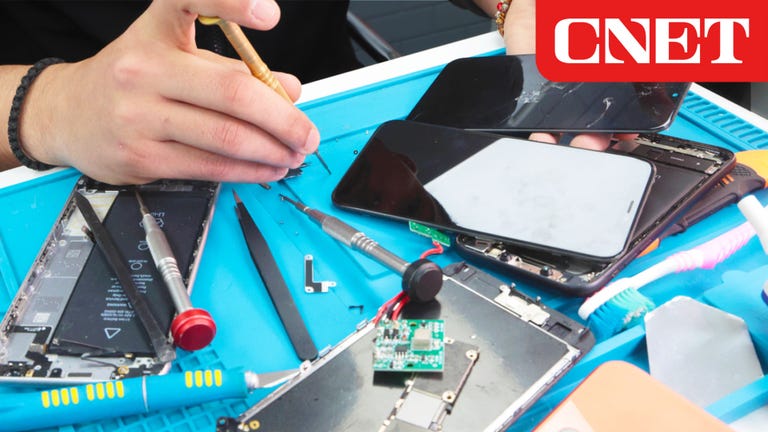 Watch this: Apple and Samsung Race to Build the First Fully Recycled Phone 05:07
Watch this: Apple and Samsung Race to Build the First Fully Recycled Phone 05:07
“Today, most consumers have no clue on how damaging for the planet it is to regularly renew their smartphone hardware. Once they realize, sustainability will become a key way to differentiate between premium smartphone brands,” said Forrestor Vice President and Principal Analyst Thomas Husson.
In the smartphone space, the extended-lifespan Fairphone is an eco-friendly choice but still too niche, Husson said. Apple has begun to use sustainability to differentiate its products, which will set the tone for the rest of the phones industry, and Samsung will likely expand on previous efforts to incorporate more recycled materials into its devices.
In the home, European Union regulation is pushing appliance makers like Miele, Groupe Seb and Arcelik to adopt more sustainable measures and embrace a circular economy — ensuring that devices reaching the ends of their use lives have their most valuable parts recycled into new products.
“While only a niche of consumers is effectively paying a premium for greener products today, our data suggests that a majority would like more environmental value for the same price,” Husson said. “Firms who revisit their value chain and innovation approaches with their ecosystem of partners are best placed to take advantage of this opportunity.”

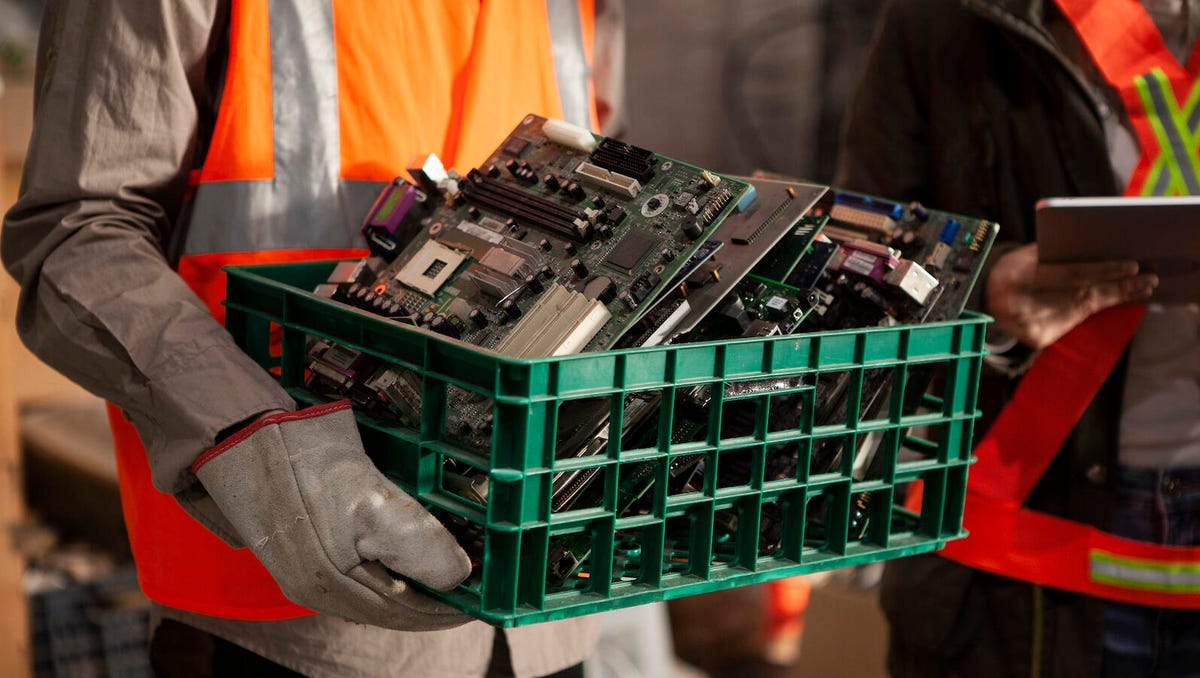
Recycling materials in more of your gadgets
More companies are pledging to use recycled materials in their products, which could help reduce emissions and waste by finding second lives for parts of old devices that would otherwise be headed for landfills, including metals and rare earth materials whose extraction and integration contribute to climate change.
Gaming and computing accessories company Razer announced that two existing products in its lineup — the DeathAdder V2 X Hyperspeed mouse and Ornata V3 keyboard — will henceforth be made with 40% and 20% recycled materials, respectively, qualifying them for UL 2809 ECOLOGO certification standard of reduced environmental impact. All core PC peripherals Razer launches this year and beyond will also include recycled materials.
“Today’s gamers want innovation and performance but are acutely aware of the impact plastics have on the world,” Kenneth Ng, sustainability lead at Razer, said in the company’s announcement post.
Companies have been slowly shifting where they used recycled materials. While at CES 2022 Samsung had previously committed toward more recycled material in their product packaging by 2025, the company’s CES 2024 keynote reinforced its efforts to use recycled ocean plastic in phone and TV components. Samsung also pledged to reach net zero carbon emissions company-wide by 2050 with the device experience division using 100% renewable energy by 2027.
Dell has been using recycled materials since 2007 and recycled 2.5 billion pounds of materials since. The company is starting with plastics because, as Product Sustainability Lead Katie Green explained, those are the heaviest and highest-volume materials in the company’s products. The second heaviest and most prevalent material category — metals — became the next to be recycled into new products, including rare earth magnets and aluminum. Last year, the company began using 50% recycled copper in some of its charging cables that will soon expand to the XPS laptop line, and in 2024, will use recycled cobalt in laptop batteries and recycled steel in desktop displays.
Read more: Best Senior Phone Plans
“[We are] understanding if we’re prioritizing the right, sustainable materials and the right components, and doing it in a way that dematerializes as much as possible,” Green said.
Dell first introduced its Concept Luna laptop in December 2021 (and updated it a year later in 2022) as a testbed for sustainable design which has trickled into its main products, from trying out modular parts to reducing material waste. For instance, Dell first tried removing the plastic Dell logo on the laptop lid in Luna in favor of a stenciled logo straight on the aluminum chassis, then used that process in its Inspiron line of computers — a small change that’s multiplied by the scale of Dell product manufacturing.
At CES 2024, Panasonic pledged to reduce its use of resin plastic in its products and develop a system that blends recycled plastic with antioxidants and other materials in order to form new plastics ready to be included in products.
Curiously, there are limits to how much some recycled materials can be used in a product, Dell discovered. For instance, the company found a maximum of 35 to 40% post consumer recycled plastic in its current method, Green said. Like Panasonic, it’s developed a method to blend the old plastic with something new — in Dell’s case, a bio-based plastic that’s renewable. One composition could be 30% post-consumer plastic, 20% bio-based plastic and 20% recovered aerospace plastic, a blend that’s found in Dell’s Latitude 5000 and Precision 3000 series of laptops.
By 2030, Dell wants half of the materials it uses in products to be recycled or renewable.

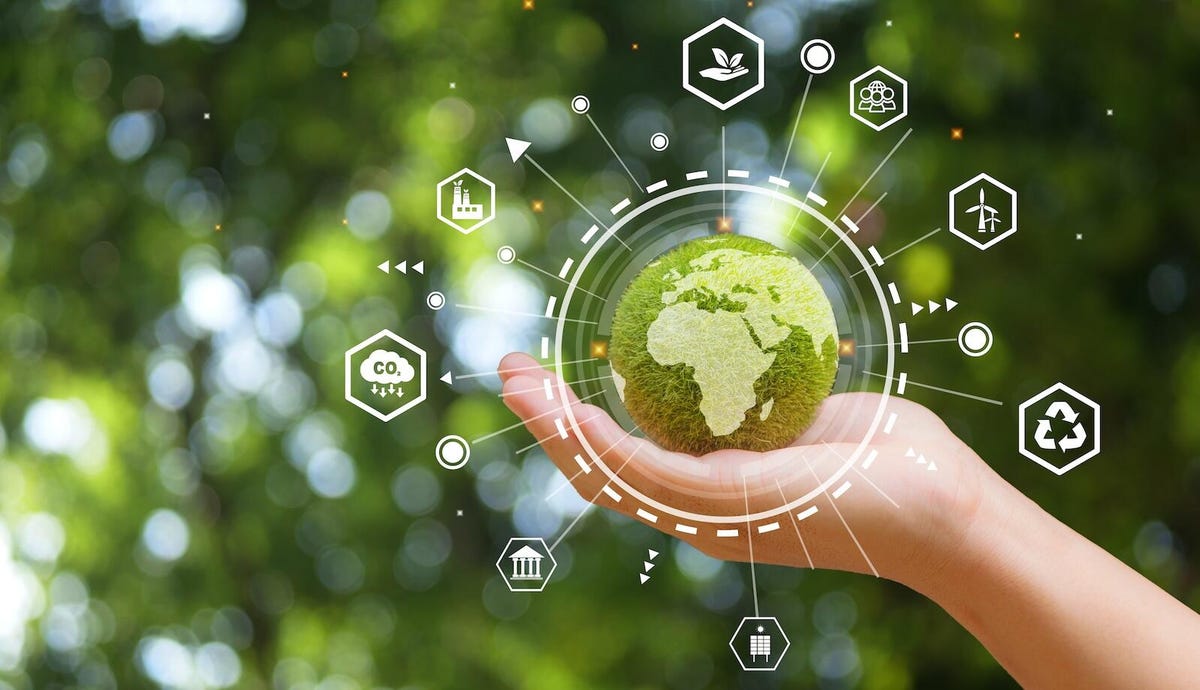
Efficiency as sustainability
Other corners of the tech industry don’t make gadgets, but they still have ways to make their products greener. Two years ago, semiconductor maker AMD set a goal to make its EPYC line of server CPUs and Instinct AI accelerator CPUs deliver 30x more energy-efficient by 2025. The goal? Reduce the massive energy consumption that large-scale computing is expected to draw as research institutions use enormous computational power to calculate solutions to big problems.
In early December, AMD announced that it’s on track to hit its 2025 target, and that its CPUs power eight of the 10 most efficient supercomputers on the Green500 list.
“While these applications require increasing amounts of computing power and energy, they’re vital to solving some of the most essential – and challenging – problems humanity has ever grappled with,” AMD Senior Vice President Sam Naffziger wrote in the announcement post. Supercomputers on the list help scientific research, untangle genomics, discover new drugs, predict climate change and advance AI.

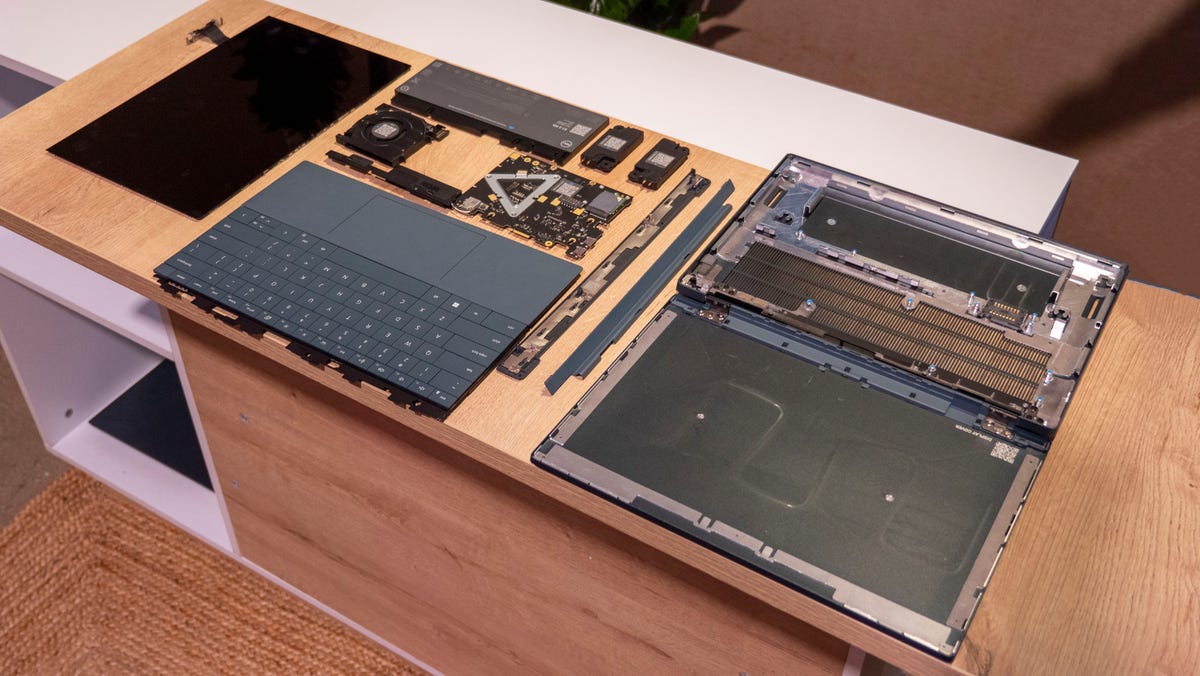
All the components in Dell’s 2022 Concept Luna.
AI and more
Dell introduced its third year of ideas that it’s exploring with Concept Luna via a blog post back in December. New this year is using predictive analytics, AI and machine learning to better anticipate component problems. Even without diagnostics, these could anticipate if your device’s hard drive may fail or battery capacity may be depleted.
At last year’s Dell World, a robotics company in partnership with Dell showed how AI and camera tech can scan components from old products and analyze whether they could be recovered and repaired or recycled for parts. On top of that, Dell is experimenting with using components that provide telemetry at the end of the product’s life to assist with harvesting. As Green explained, this could hypothetically take the form of a chip in your computer speakers that recalls how much their previous owner used them — and if the speaker is in good enough shape to be recycled.
Dell also expanded the number of products able to be represented by its augmented reality app, first introduced in June 2022, to help guide consumers in their own personal repairs in far more immersive ways than a simple device manual can do.
But for all these neat technological advances in diagnosing, harvesting and guiding repairs, Dell had a simpler longevity bottleneck it’s tried to fix: Making it easier for users to get spare parts. The other big pillar of sustainability is simply making sure devices last longer by ensuring the process is less painful for users.
The Rabbit R1 AI Assistant Looks Downright Retro in Orange

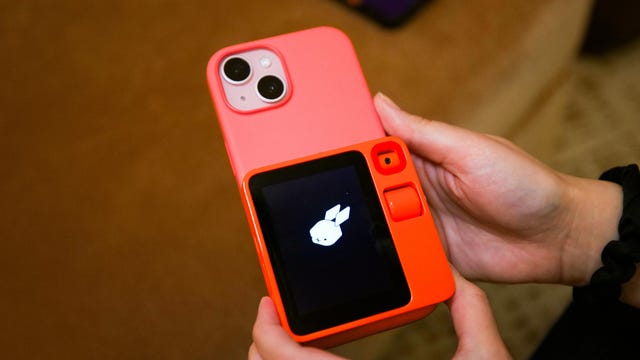

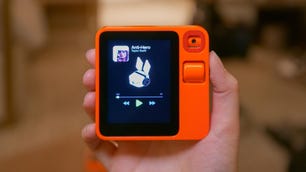

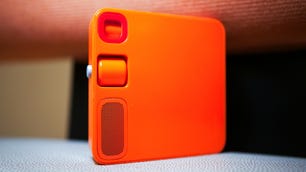 +5 more See all photos
+5 more See all photos
The sustainability strategy of longer gadget lives
For years, some of the most profitable Big Tech titans stiffly resisted making their products easier to repair, preferring their own repair chains and systems. But that’s changing as more companies simplify their products and methods of repairing them. Forget next-gen AI and recycled materials in new products — the biggest change could be getting more life out of the gadgets and PCs you already have.
For instance, Dell is in the process of adding QR codes on the back of its products, starting with this year’s XPS line, that users can quickly scan to get to a “personalized support experience,” as Green calls it. In short, it pre-enters your device info to Dell’s support network to provide users with access to repair manuals, spare parts and driver updates.
Admittedly, Green says Dell is implementing the QR codes in anticipation of the European Commission’s Digital Product Passport initiative, which requires more transparency in consumer tech products’ sustainability footprint. But it will still make it easier for laptop and PC owners to access the tech support they need to potentially keep devices running for longer and out of landfills when possible.
Tech joins the circular economy or is left behind
Tech isn’t the only sector gradually embracing longer device lives and reusing materials — so-called circular economy strategies are being applied by a range of industries including life sciences, industrial manufacturing, and consumer goods too, according to Gartner Vice President and Analyst Sarah Watt.
Companies have to shift how they even conceive of products to keep them at their highest level of usefulness for as long as possible. That can have positive impacts for business, too, but it takes a mind shift away from direct consumption.
“The idea behind the circular economy is to decouple resource consumption from growth,” Watt told CNET over email.
Companies can do this by designing products for end-of-life management, and Gartner has seen situations when changing raw materials or increasing recycled content have had a significant positive impact on emissions goals. Yet it’s still early days for mixing sustainability goals with embracing new technologies.
“Complex new technologies generate emissions through production and use, but it is the same technologies that can also help us identify opportunities to reduce greenhouse gas emissions,” Watt said.
Editors’ note: CNET is using an AI engine to help create some stories. For more, see this post.
